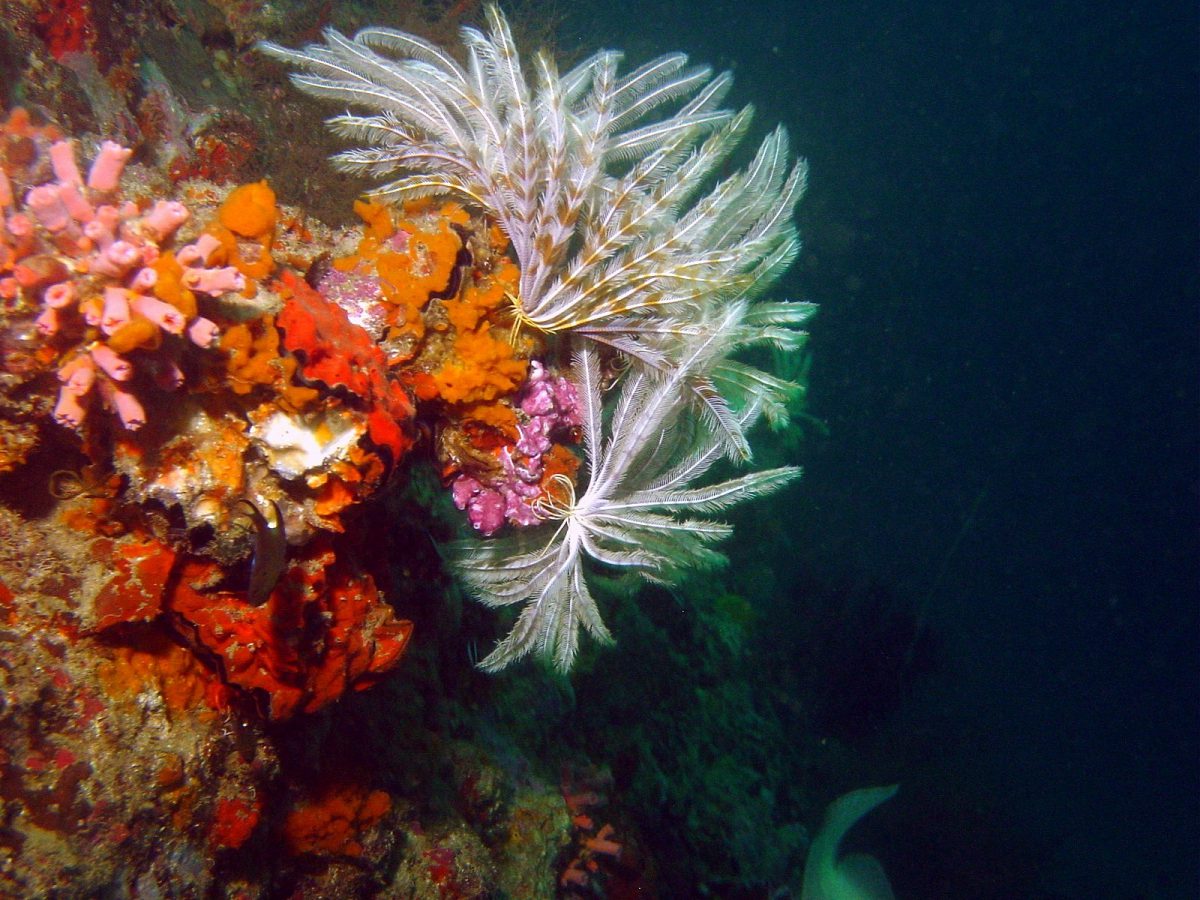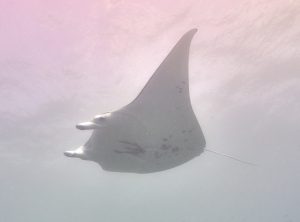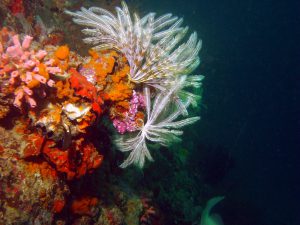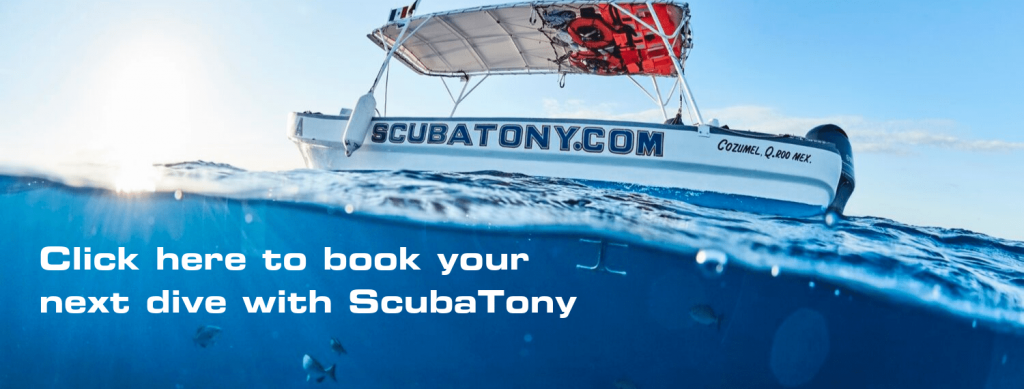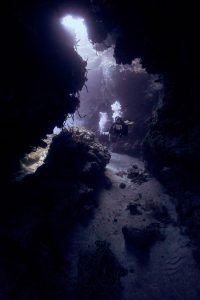I have been scuba diving for 19 years now, and with the exception of certification-related dives, I have had a camera with me on every single dive except 3, when my housing flooded in the camera bucket.
So, it’s safe to say I know a thing or two about underwater photography. Well to be fair, I didn’t say my pictures were any good, so maybe I don’t. Either way, I have spent a lot of time underwater with a camera in my hands. So let me get something out of the way early on.
The least important thing is your camera gear selection.
Let me say that again in case that wasn’t clear, your camera is the least important thing for getting great photos.
Nowhere in this article will I mention gear or settings. (Example: One of these is an 18-year-old photo taken with a 3megapixel camera, one is a year old taken with a 42mp camera.)
Why You Don’t Need An Expensive Underwater Camera
The first, and possibly most important of my underwater photography tips, is that an expensive underwater camera can help take an ok photo to acceptable, but it will never take an ok photo to amazing.
The critical piece of equipment for all photography is that squishy bit of material floating behind your eyeballs. At the end of your day, if you are happy with the images your gear captures, then stop focusing on your gear and start focusing on the things that help make for an outstanding underwater photographer.
Notice I didn’t say outstanding underwater photos, the conditions underwater are so variable, an outstanding photo is never a guarantee, so work on being an outstanding photographer that way when the moment is right, you are able to capture it.
Why Photographing Underwater Is So Difficult
Photography on land is difficult enough, add in all the things that make scuba diving an adventure, and it becomes exponentially more difficult. Luckily in the age of digital, learning from mistakes costs you nothing. There is no film to develop, shoot until you fill the card.
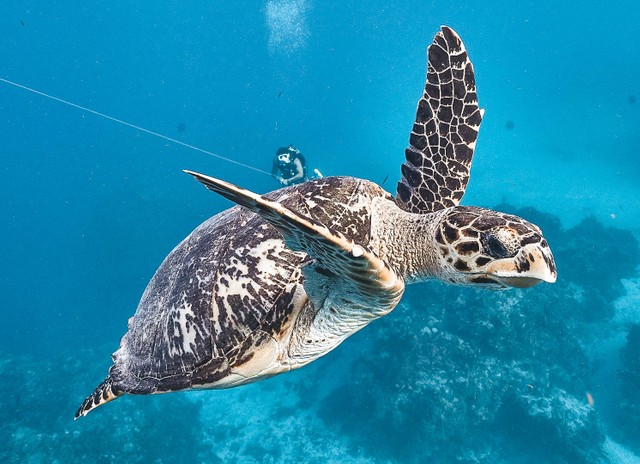
1. Don’t Be Afraid To Take A Lot Of Pictures
On a typical dive, I take close to 300 photos per hour underwater, to get 30 worth sharing. Don’t waste time, and air, trying to line of the ultimate shot. You have visibility conditions, surface weather mixing up the water, sunny or cloudy skies affecting lighting, currents, inconsiderate divers, and the fact that marine life tends to move, a lot all working against you. Given all these potential variables, work on the things closest to you, then expand out from there.
2. Stay Calm and Slow Down
What is closer to you than air consumption, nothing. Calm, slow, measured breathing will allow you to stay down longer, as well as not scaring off the animals. Bellowing out your air is the same to the marine life as someone standing next to you and blowing an air horn. You can probably learn to tolerate it, however, if you have the means you tend to move along.
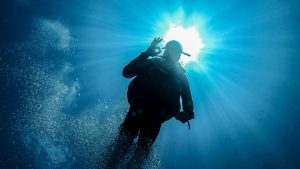
3. Get Control of Your Buoyancy
Moving out one degree is your buoyancy control. The ability to hover inches/millimeters away from the bottom, or your subject, while manipulating your gear is critical. Watch your trim, anything that can be put in a pocket, put in a pocket, anything you don’t need on that dive, take off your BCD. Be able to move quickly without dredging the bottom and destroying the reef. Excellent buoyancy and trim will leave the area undisturbed.
4. Be Considerate of Other Divers
Be a considerate diver and photographer. If you find something cool, take a few shots, then call everyone over and clear out. Give everyone else a chance to enjoy it, then if the dive allows, move back in for some more photos. Don’t hog access to the cool critter or whatever has caught your attention.
How many times have you been back on the boat and someone says, oh you missed this and that, but I’ll show you pictures of it. Be the better diver, let everyone experience the cool things. If you are taking photos of something, when clearing out, do so in a way that doesn’t make it impossible for the next person to see it or also get photos. Back up, two fingers pushing off the bottom is all you need. Don’t kick up sand, or worse, move over the subject causing it to hide in terror. Be considerate.
5. Underwater Conditions
Now we arrive at the things furthest from your control, water and weather conditions. Underwater photography is a crazy mixed-up world. Things change quickly, so have a plan. This is diving after all, and if you learned anything during your certifications is that planning is key.
6. Get To Know Your Camera
Know how your camera captures images in bright clear water, and how it captures images in low vis turbulent water. Know your gear, and how to adjust it when the conditions change. There are two basic things I will tell all divers when we get back to the boat and they are complaining about their lack of photos.
7. Don’t Blame Your Camera
It is a poor craftsperson that blames their tools, and I have never been on a dive where I couldn’t find amazing things to photograph. When the vis is low, I turn my eyes to the macro world. When the wildlife is lacking, I turn my gaze on my fellow divers, they are after all exotic creatures underwater. Always have a plan, a backup plan, and a well I’m here and might as well shoot something plan.
Feel free to reach out to me for any advice, or questions, except about gear.
Steven “Scags” Scagnelli

